Livio M.0511266243
Table of contents :
Half-title……Page 3
Series-title……Page 4
Title……Page 5
Copyright……Page 6
Contents……Page 7
Participants……Page 8
Preface. Through a glass, darkly……Page 11
2. The early 20th century……Page 13
3. Instrumentation starts catching up: Mid-century……Page 14
4. The decade of seeing is believing: The seventies……Page 15
5. Another approach: Gravitational lenses……Page 21
6. Conclusion……Page 22
REFERENCES……Page 23
1. Introduction……Page 26
2. Overview of the problem……Page 27
3.1. “Caustic-crossing” timescale……Page 28
3.1.2. MACHO-LMC-9……Page 29
3.2.1. MACHO 97-SMC-1……Page 30
3.3. Frequency of observed binary-lens events……Page 31
3.4. Timescales of SMC vs. LMC events……Page 32
4. Implications on dark matter……Page 33
REFERENCES……Page 34
1. Introduction……Page 36
2. New models of very cool white dwarfs……Page 37
3. Current Searches for Very Cool White Dwarfs……Page 40
4. Temperature and age distribution of dark halo white dwarf candidates……Page 41
5. Moving objects in the Hubble Deep Field……Page 42
6. A final comment……Page 43
REFERENCES……Page 44
1. Introduction……Page 46
2. X-ray properties of clusters……Page 47
3. Method 1: ΩM from cluster gas fractions……Page 50
4. Method 2: Cluster temperature function evolution and ΩM……Page 51
5. Future work……Page 55
REFERENCES……Page 56
1. Introduction……Page 58
2. The baryon density during the first few minutes……Page 59
2.1. Deuterium—the baryometer of choice……Page 60
2.2. The BBN baryon density……Page 64
3. The baryon density at a few hundred thousand years……Page 65
4. The Baryon Density At 10 Gyr……Page 66
5. Summary and discussion……Page 68
6. Conclusions……Page 71
REFERENCES……Page 72
1. Introduction……Page 74
2. Basics of MOND……Page 75
3. Implications……Page 77
4. Rotation curve analysis……Page 79
5. Pressure-supported systems……Page 82
6. Cosmology and structure growth……Page 84
REFERENCES……Page 87
1. Introduction……Page 89
2. Comparison of radio galaxy and supernova methods……Page 90
3. FRIIb radio galaxies as a modified standard yardstick……Page 94
4. Quintessence in a spatially flat universe……Page 99
5. Implications for the beam power–total energy connection……Page 101
6. FRIIb radio sources provide probes of evolution of structure……Page 105
7. Conclusions……Page 106
REFERENCES……Page 107
2. Cluster dynamics and the Mass-to-Light Function……Page 108
3. Baryons in clusters……Page 110
4. Evolution of cluster abundance……Page 111
5. Summary……Page 112
REFERENCES……Page 113
1.1. The CDM power spectrum……Page 114
1.2. The need for scale-dependent bias……Page 117
2.1. Survey design……Page 118
2.2. Survey status……Page 120
3. Redshift-space correlations……Page 121
4.1. Connection to CMB anisotropies……Page 124
4.2. The 2dFGRS power spectrum……Page 125
5. Galaxy formation and biased clustering……Page 128
6. Conclusions……Page 131
REFERENCES……Page 133
1. Introduction……Page 135
1.1. The Next Redshift Octave and the Epoch of Deceleration……Page 136
2. SN1997ff……Page 137
3. Analysis……Page 139
4. Discussion……Page 144
4.1. SN Classification……Page 145
4.2. Caveats……Page 147
REFERENCES……Page 148
1. Introduction……Page 151
2. A very compressed theoretical review……Page 152
3. Why don’t cluster lenses exist?……Page 153
4. The Local Velocity Function……Page 158
5. Deriving the Velocity Function From the Lens Separations……Page 163
6. A non-parametric description of the Velocity Function……Page 165
7. The Future……Page 170
REFERENCES……Page 172
1. What have we learned from the Cosmic Microwave Background?……Page 174
2. Inflation and gravitational waves……Page 176
3. Gravitational waves and polarization……Page 177
4. Detectability of the curl component……Page 179
5. Conclusions……Page 182
REFERENCES……Page 183
1. The problems……Page 185
2.2. k-essence……Page 186
2.4. Anthropic approach……Page 187
3.1. Scalar field with a very flat potential……Page 188
4. Explaining the small parameters……Page 190
4.2. A discrete symmetry……Page 191
5. Concluding remarks……Page 192
REFERENCES……Page 194
1. Introduction……Page 195
2. String or M theory……Page 196
2.1. String theory: A quick introduction and survey of recent developments……Page 197
2.2. What makes string theory hard?……Page 198
4. The problem of the dark energy……Page 199
5. The Anthropic Principle……Page 201
6. The Holographic Principle……Page 203
REFERENCES……Page 204
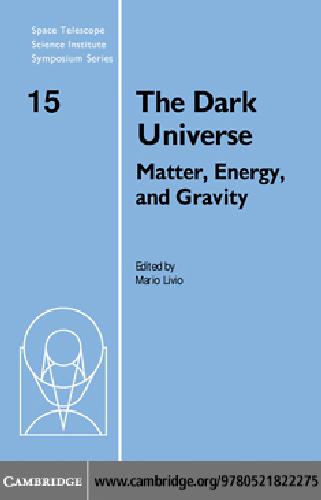


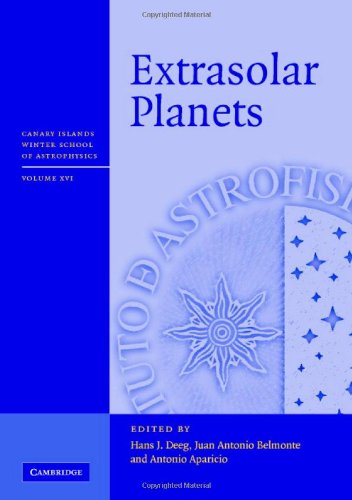
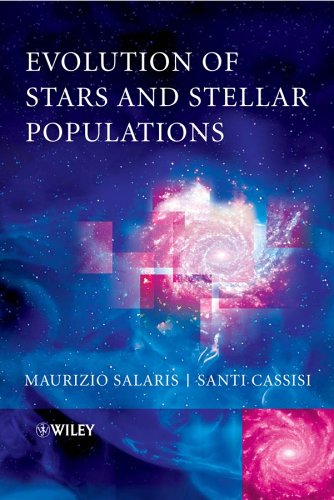
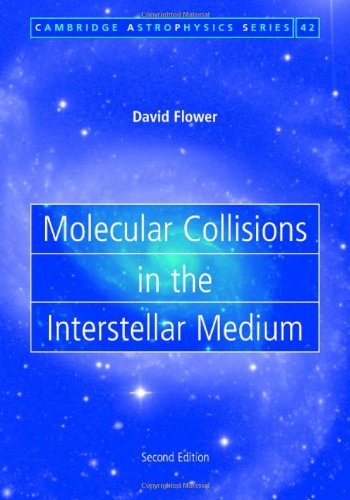
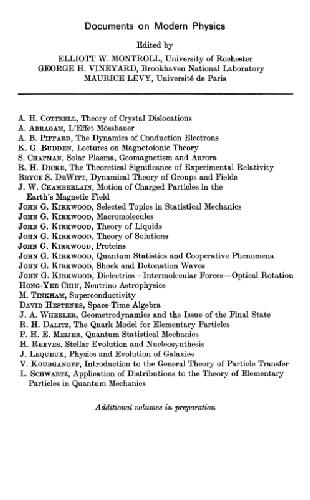
Reviews
There are no reviews yet.